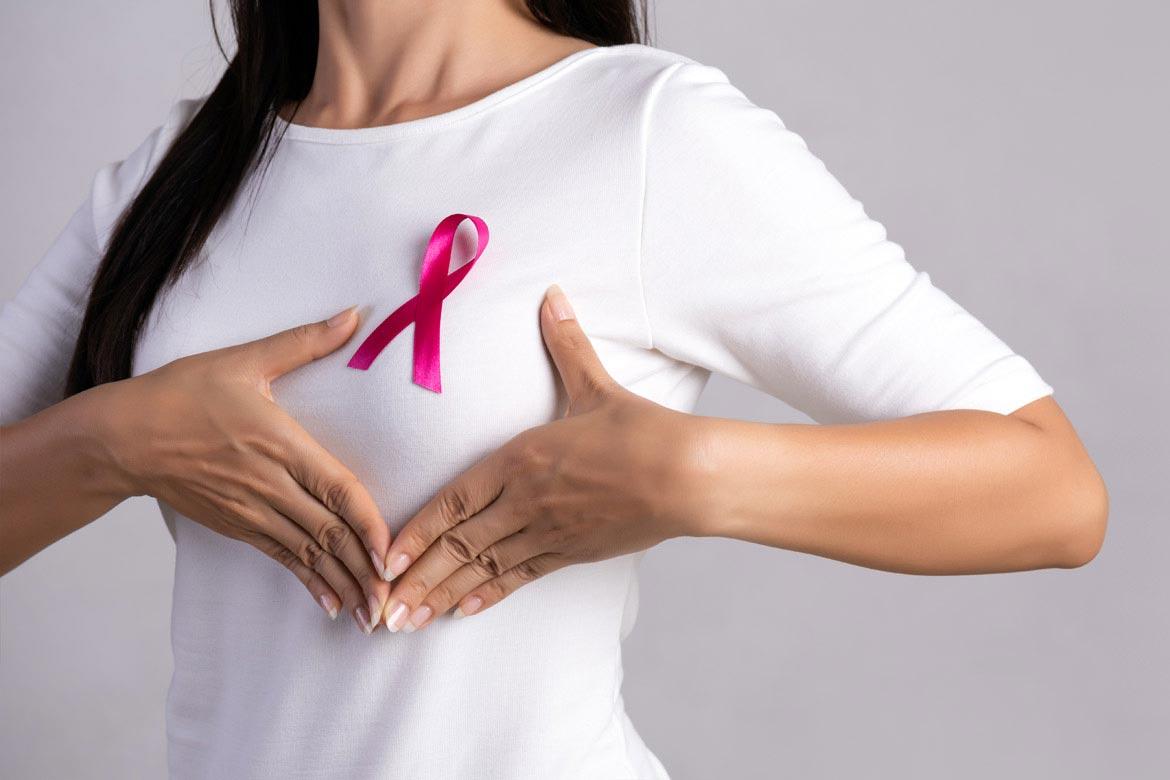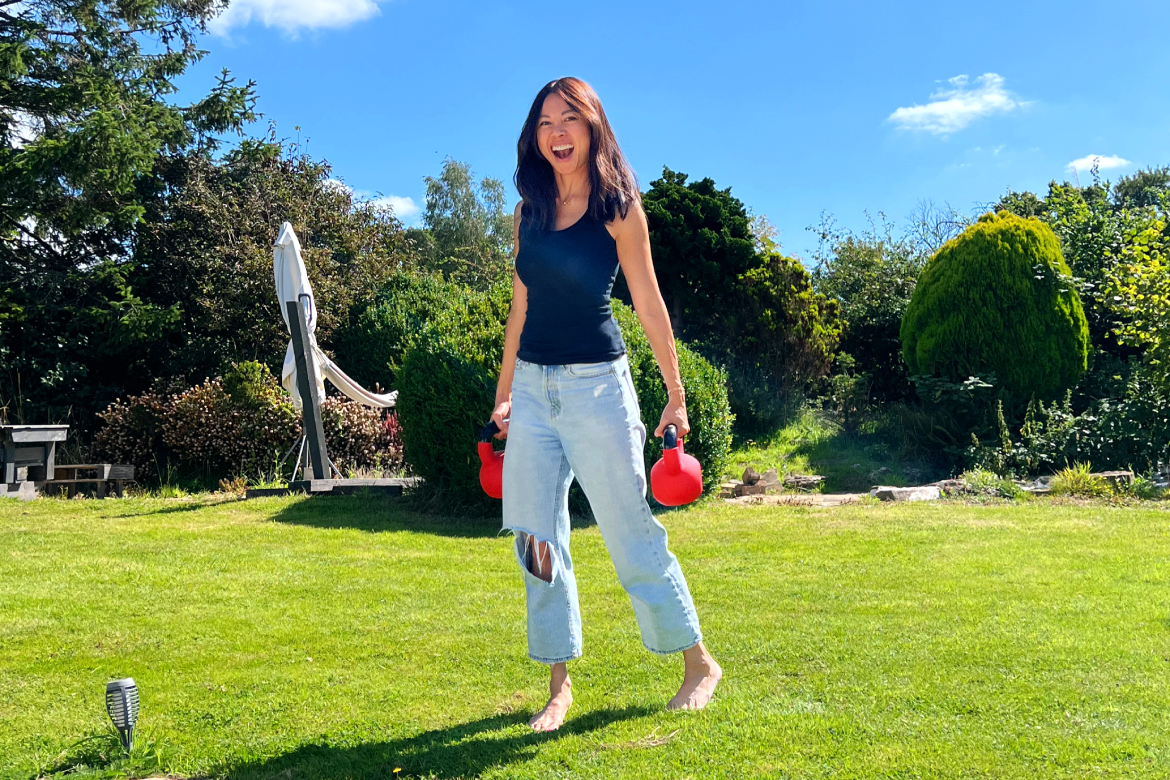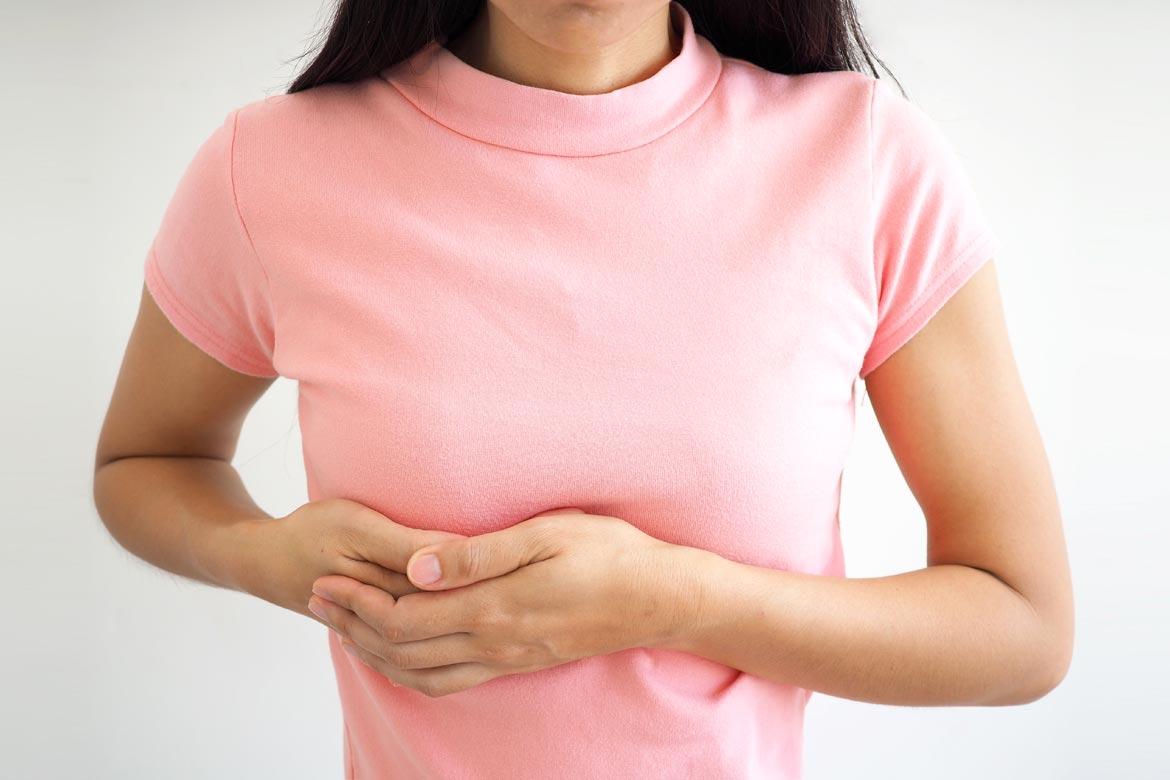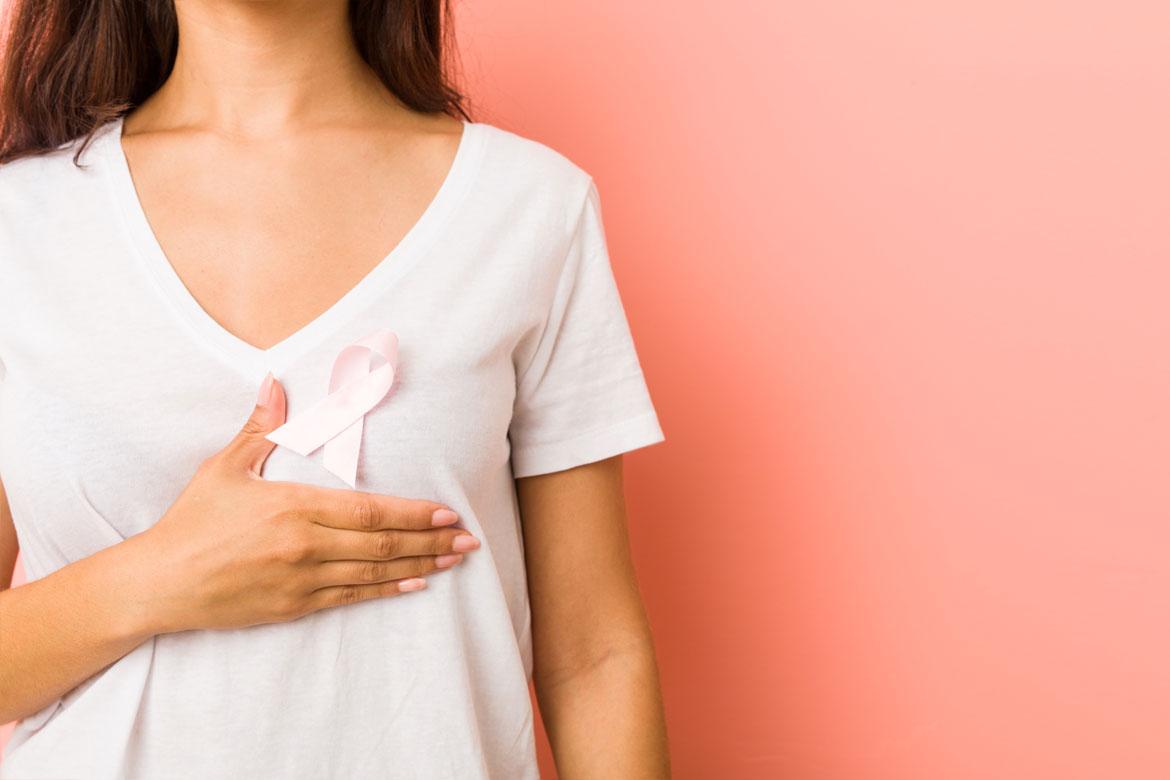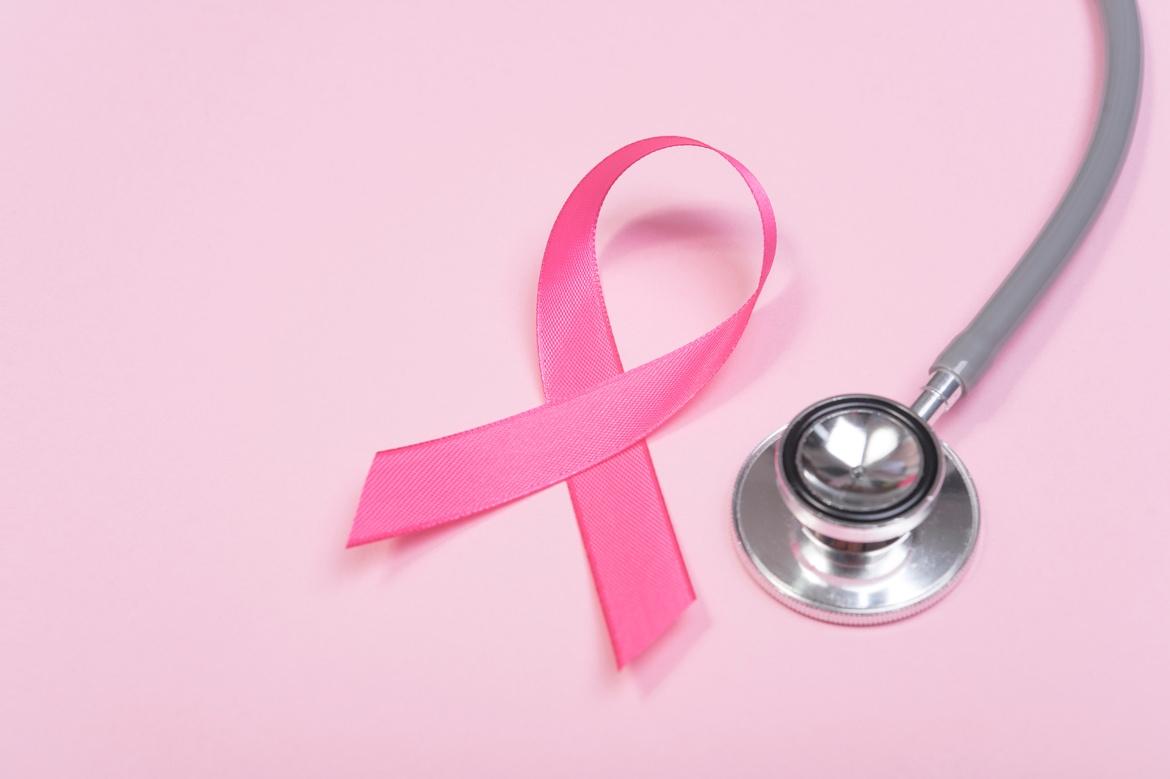-
-
Khu vực chăm sóc và điều trị

Ung thư vú
Câu hỏi thường gặp
Đ: You should check for breast lumps monthly, preferably about a week after your period starts. This is because your breasts are not as tender or lumpy at this stage in your menstrual cycle.
To begin, place your right hand on your hip and reach out with your left hand to feel for lumps in your right underarm area. Repeat on the other side. Do also look out for lumps or thickening above and below your collarbone on both sides.
Refer to this infographic to learn how to perform a breast self-examination at home.
Đ: About 5 – 10% of breast cancers are hereditary and caused by an inherited gene mutation. BRCA1 and BRCA2 are genes that significantly increase the risk of breast cancer. These genes may be inherited from either your father or mother.
If you have one of these mutated genes, you are more likely to get breast cancer as compared to someone who does not. However, it is not a certainty that you will get breast cancer.
Đ: There is no certain way to prevent breast cancer.
However, there are steps you can take to reduce your risk of breast cancer and also prevent its recurrence. This can be especially beneficial for women who have a strong family history of breast cancer or BRCA gene mutations.
Try following these tips to lower your chances of getting breast cancer:
- Limit or avoid alcohol
- Quit smoking
- Exercise regularly and maintain a healthy weight
- Eat a well-balanced diet
- Reduce stress
- Go for regular mammogram screenings
Đ: The rate at which breast cancer progresses depends on the type of breast cancer you have, its stage and your overall health condition.
Certain types of breast cancer, such as triple-negative breast cancer and HER2-positive breast cancer, tend to spread faster than other subtypes. Your doctor will assess your condition carefully through imaging tests and advise you on how likely or quickly your breast cancer may spread.
Đ: There is no specific food or diet that should be avoided. However, having a wholesome diet provides general health benefits that may help with better survival rates after breast cancer.
Breast cancer patients should consider eating more fresh fruits and vegetables, whole grains and foods with anti-inflammatory properties. Avoid refined sugars, processed food, red meats, fried food, and alcohol.
Đ: Breast cancer is more commonly found in women but men can get it as well. However, it occurs rarely.
The most common type of breast cancer in men is invasive ductal carcinoma, which begins in the milk ducts and then spreads to other parts of the breast tissue.
Đ: No, you cannot get breast cancer from breastfeeding.
In fact, research suggests that breastfeeding, especially for over 6 months, may lower your risk of getting breast cancer.
Đ: Although nipple pain can be a symptom of breast cancer, it is rarely the primary symptom. Since nipples are sensitive, they can hurt due to other reasons such as rashes, infection or even tight-fitting clothes. Sore nipples are also common during periods, pregnancy and breastfeeding.
If you experience nipple pain and suspect breast cancer, speak to a doctor for an evaluation.
Đ: Your doctor will assess your condition and advise you on the stage of cancer based on the results of your imaging tests and other procedures, such as a biopsy or surgery.
Breast cancer stages are determined according to the TNM system, taking into account the tumour size, involvement of nearby lymph nodes, and whether the cancer has spread (metastasised) beyond the breast to other parts of your body.
Đ: Breast implants do not increase the chance of getting breast cancer.
However, some studies suggest that certain types of breast implants may be linked to a rare type of cancer known as anaplastic large-cell lymphoma (ALCL).
Đ: Breast cancer is more common in older women above the age of 50.
Đ: Breast cancer lumps in women are most often found in the upper outer quadrant of the breast and extend into the armpit. They can also be found in the other areas of the breast.
In men, breast cancer lumps are usually located near the nipple.
Đ: The development of breast cancer does not depend on the size of the breast.
Đ: According to the World Health Organisation, breast cancer is the most common cancer worldwide, accounting for 12% of all new cancers.
In Singapore, breast cancer is also the most common cancer among women and a leading cause of cancer death.
Đ: Some benign breast lumps, such as complex fibroadenomas and phyllodes tumours, can turn cancerous over time, though this happens rarely. It is therefore important to do regular breast self-examinations and go for routine mammogram screenings to monitor your condition.
Đ: Breast ultrasound is usually not recommended as a first-line screening tool for breast cancer, as it may miss early signs of cancer, such as tiny calcium deposits known as microcalcifications. Instead, breast ultrasound is generally used to determine if a new breast lump is a solid mass or a fluid-filled cyst.
Đ: Hormone replacement therapy may not be safe for women who have had breast cancer previously, as it may increase the risk of cancer recurrence or the development of new tumours.
If you are bothered by menopausal symptoms, speak to your doctor to discuss alternative options that may be more suitable for you.
Đ: A cancerous breast lump may feel like a hard, solid mass that is different from the rest of your breast tissue. It can also have other features such as:
- Irregular edges
- Tender to touch
- The skin above the lump may seem red, dimpled or pitted, like the skin of an orange
Regardless of how they feel, all breast lumps should be properly evaluated by a doctor to check if they are benign or malignant.
Đ: There are no breast cancer vaccines available yet. A few are undergoing clinical trials at the moment.
Trang này đã được kiểm duyệt.
Bạn cần trợ giúp?
Để biết thêm thông tin, vui lòng gọi
+65 6575 7575
Để đặt lịch hẹn, vui lòng dùng WhatsApp
+65 8111 9777
